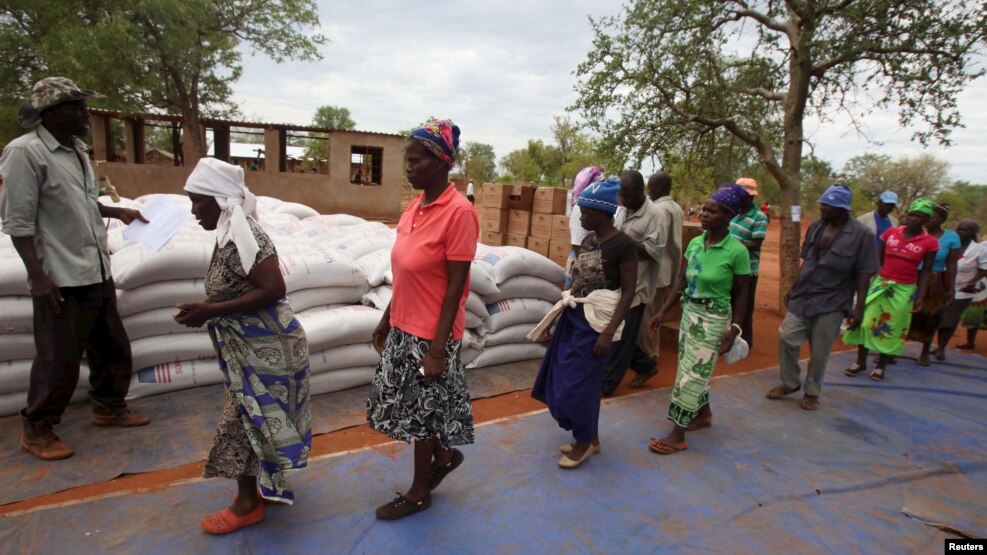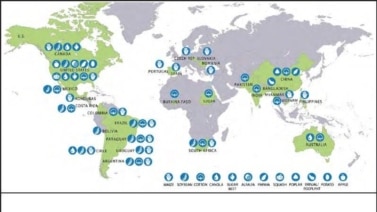
Dry weather in southern Africa has reduced agricultural production and left 28 million people hungry.
Scientists have blamed the lack of rainfall on El Nino weather conditions.
El Nino results from unusually warm water along the western coast of South America. The warm water causes many changes in weather around the world. Places that usually get a lot of rainfall can be dry. Areas that traditionally are dry can receive more rain because of El Nino.
El Nino is being blamed for agricultural shortages across southern Africa. Dry weather has affected farming in countries such as Zimbabwe and Malawi.
A drought is affecting Zimbabwe's Mudzi district, about 250 kilometers east of Harare. The country's main crop is corn, known in some areas as maize. Other major crops are soybeans, wheat and tobacco, according to the United Nations.
Elhadj As Sy is secretary-general of the International Federation of Red Cross and Red Crescent Societies. He went to southern Africa to investigate the food shortages.
“What is touching is to see children that go to bed hungry. Children that may not go to school and a mother having to listen to, you know, the children crying and have no food to give to them. I mean that is profoundly, profoundly touching, and totally unacceptable.”
This week, the International Federation of Red Cross and Red Crescent Societies launched a four-year program to help National Red Cross Societies respond to the drought.
The group said an estimated 31.6 million people across southern Africa are struggling to get food. It warned this number may climb to more than 49 million people by the end of the year.
Zimbabwe, Malawi, Lesotho and Swaziland have all declared states of emergency. Seven of South Africa's nine provinces also have declared emergencies. In Mozambique, the government ordered the highest level of national emergency preparedness in the central and southern provinces.
In Zimbabwe, 60-year-old Mabel Nyamono is looking forward to more money to buy food.
“Here, there is real hunger,” she said. “Most of the days, kids go to school on an empty stomach and may go for three or four days without a decent meal.”
In Mudzi district, the Zimbabwe Red Cross currently gives $40 a month to over 1,200 families. But many other families receive no financial assistance.
Such is the case of 61-year-old Virgilance Tsabora. She has yet to receive financial assistance from the Red Cross or UN agencies. Tsabora cares for her 89-year-old mother. Neither woman has a source of income.
Tsabora says she depends on fellow villagers for help, but hopes the Red Cross can ease their struggle.
I'm Anne Ball.
Sebastian Mhofu wrote this story for VOANews.com. Jim Dresbach adapted the story for Learning English. George Grow was the editor.
We want to hear from you. Write to us in the Comments Section or visit our Facebook page.
Words in This Story
El Nino - n. a flow of unusually warm water along the western coast of South America that causes many changes in weather in other places
drought - n. a long period of time during which there is very little or no rain
soybeans - n. beans of an Asian plant that contain a large amount of protein and that are used as a food
profoundly - adv. having or showing great knowledge or understanding
kids - n. sons or daughters; children
decent - adj. good enough but not the best
income - n. earnings

